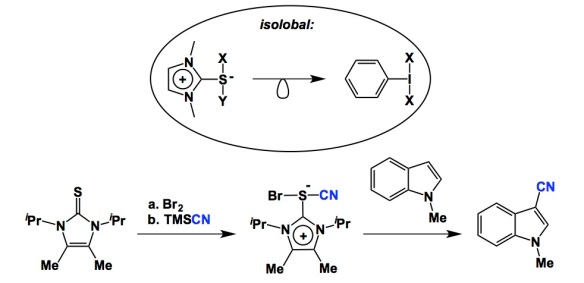Not too long ago, Christianson and colleagues published a notable paper in Nature Chemical Biology. It describes the molecular basis of catalysis and inhibition of histone deacetylase 6 (HDAC 6) and uses several small-to-medium sized probes to investigate this enzyme. Naturally, my attention was focused on the exciting co-crystal structure of HDAC 6 and HC toxin, which is well-known covalent cyclic peptide inhibitor. HDAC 6 comprises two tandem catalytic domains. One of them is specific for substrates bearing C-terminal acetyllysine residues. Now that we finally have a molecular-level view of a cyclic peptide inhibitor/HDAC interaction, this paper should encourage a new wave of attempts to design selective and potent inhibitors of HDACs. I am not sure I agree with the authors regarding their claim that the cis/trans/cis/trans geometry of the four amide bonds in the HDAC-bound HC toxin is particularly remarkable. I cannot think of anything else that is reasonable, particularly if proline is one of the residues. In fact, there are a number of crystallographically characterized cyclic tetrapeptides that feature exactly this arrangement. There is, nonetheless, an interesting clue regarding achieving selective HDAC inhibition using cyclic peptides: despite the presence of the strictly conserved cysteine 584 residue, HC toxin binding is dominated by zinc interacting with the gem-diol, leaving the epoxide intact. The thiol side chain of cysteine 584 is still well positioned for nucleophilic attack at one of the epoxide carbons, but the authors suggest that inhibitor binding to other HDACs would result in an even closer contact between the nucleophilic SH and the epoxide electrophile, leading to covalent bond formation. This offers an interesting bis(electrophile) selectivity filter.

http://www.nature.com/nchembio/journal/vaop/ncurrent/full/nchembio.2134.html?WT.feed_name=subjects_structure-determination



